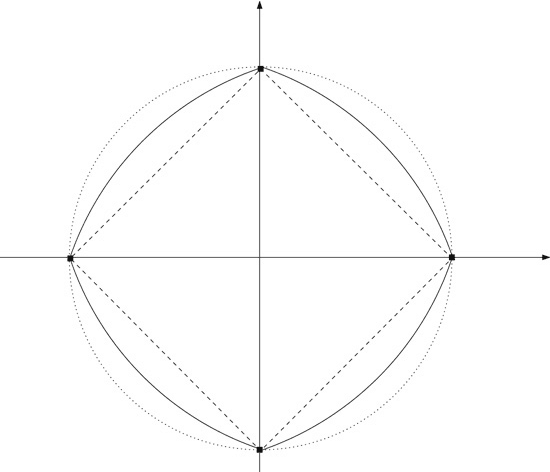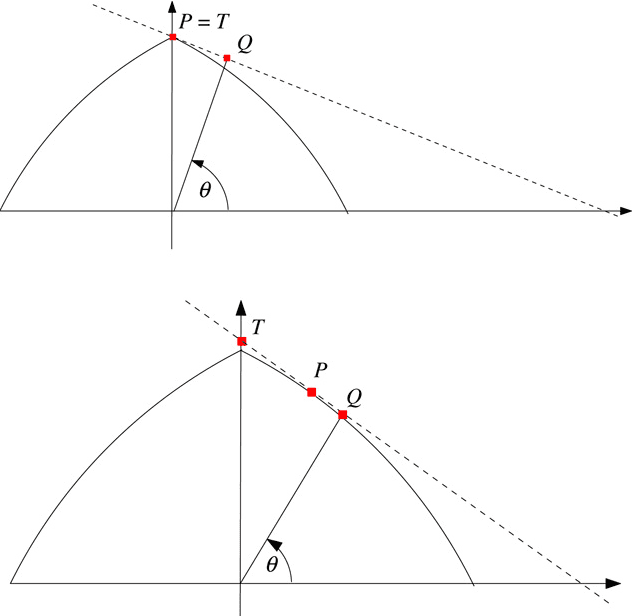Elastic-Net Regularization in Learning Theory
Paper and Code
Jul 22, 2008

Within the framework of statistical learning theory we analyze in detail the so-called elastic-net regularization scheme proposed by Zou and Hastie for the selection of groups of correlated variables. To investigate on the statistical properties of this scheme and in particular on its consistency properties, we set up a suitable mathematical framework. Our setting is random-design regression where we allow the response variable to be vector-valued and we consider prediction functions which are linear combination of elements ({\em features}) in an infinite-dimensional dictionary. Under the assumption that the regression function admits a sparse representation on the dictionary, we prove that there exists a particular ``{\em elastic-net representation}'' of the regression function such that, if the number of data increases, the elastic-net estimator is consistent not only for prediction but also for variable/feature selection. Our results include finite-sample bounds and an adaptive scheme to select the regularization parameter. Moreover, using convex analysis tools, we derive an iterative thresholding algorithm for computing the elastic-net solution which is different from the optimization procedure originally proposed by Zou and Hastie
 Add to Chrome
Add to Chrome Add to Firefox
Add to Firefox Add to Edge
Add to Edge